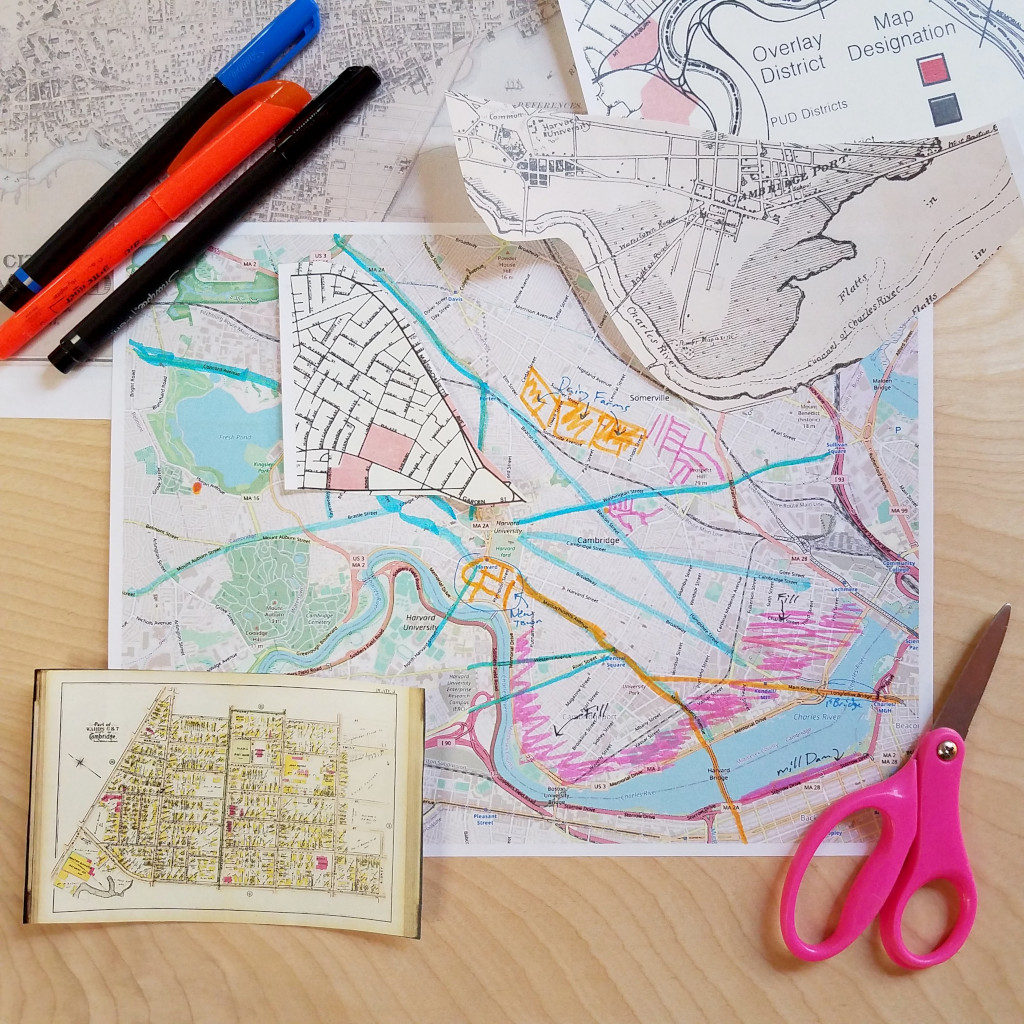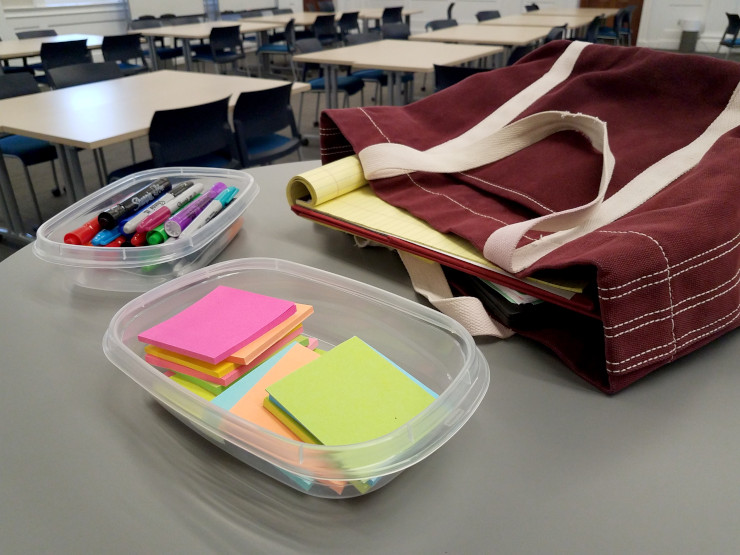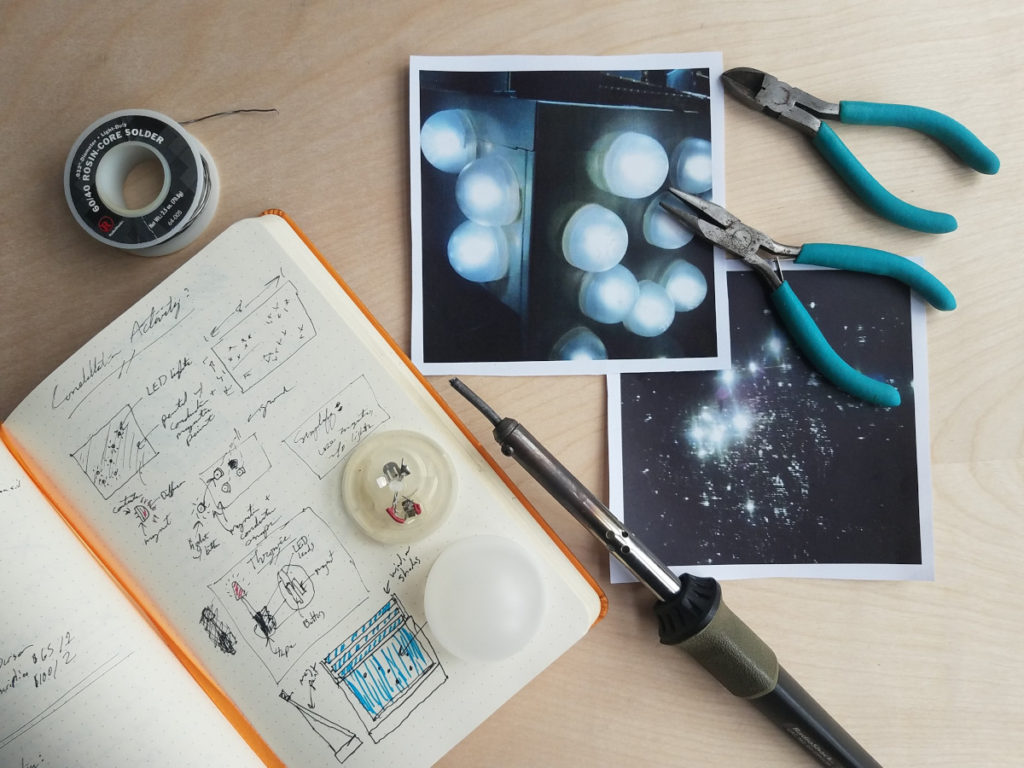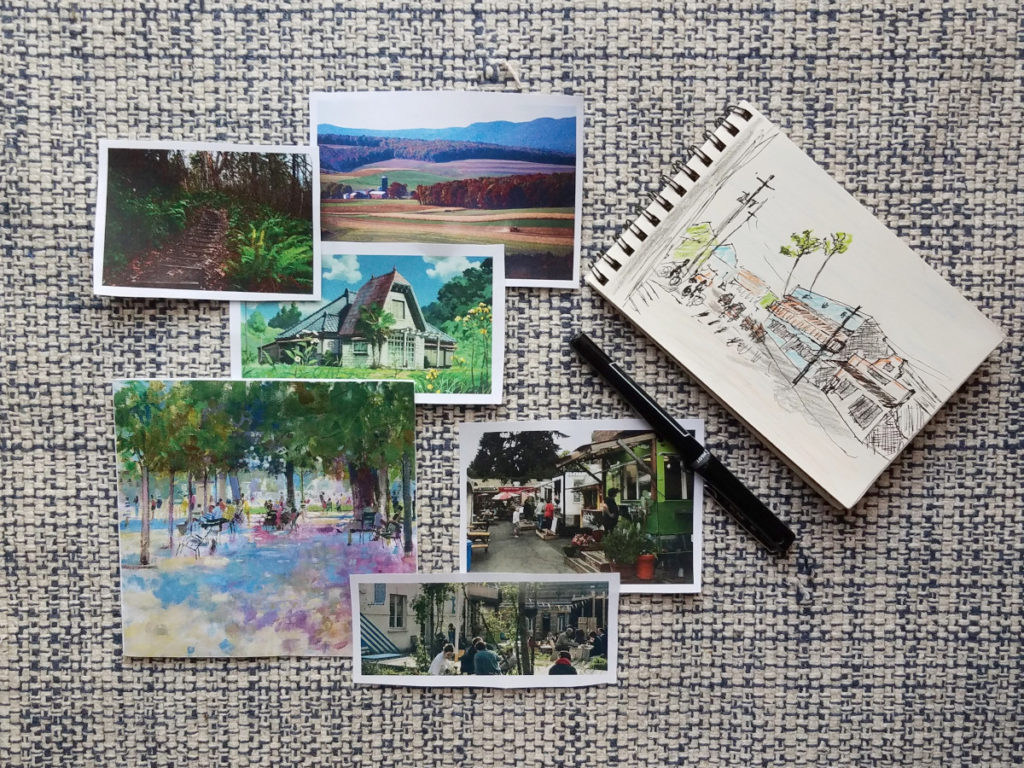Some people are interested in the past for its own sake. They might love the drama and characters, the joy of knowing and cataloging facts, the chance to get lost in another world, or the feeling of being connected to people who came before us. And I appreciate that, but for the most part, that’s not me.
I have trouble following lots of kinds of history– I forget the dates as soon as I read them, I get the people mixed up, and I loose the thread of events. I generally have no desire to live in any other period in history. But I still spend a lot of time thinking about the past.
That’s because history is useful. Knowing about the past helps me make sense of the present.
I’ve noticed some common categories in how I find myself using history as I’ve pitched projects, talked to students, and followed my own curiosity. Here are four ways I use history:
The first two are probably the most familiar. Both also have significant pitfalls.
1) History can provide warnings and inspiration.
Method: Search the past for situations, people, or structures that are similar to something in the present. No two points in history are the same, but you can find moments that have important features in common.
I’m not sure you can get specific strategic direction. You can’t say: this worked in the past, so let’s do exactly that again. But you can get a feeling that other people have been in related situations and take solace, inspiration, or be put on guard by the knowledge.
This use is pretty common and examples are everywhere. Common examples might be reading biographies of inspiring people or searching the history of Germany in the 1930s for clues about how fascism grows. Lately, I’ve been digging into the history of the Wobblies (the International Workers of the World or IWW) in the early 20th century , which was (and still is) a radical union that has done some great stuff (including winning the 40 hour work week). It’s been inspiring me to get more involved with unionization.
This way of using history can be tricky. If you look closely at any historical analogy, the parallels tend to fall apart and the exercise can feel like navigating a hall of mirrors. The bigger danger, though, is taking the analogy too seriously. If you look for unchanging laws, you are going to be disappointed. Or worse, if you think you find a definite law, you can lose a sense of agency. It’s tempting to slip into believing either that things will work out on their own or that circumstances will lead to inevitable catastrophe. It’s easy, for example, for the parallels between the US now and Germany in the 1930s to lead to a sense of hopelessness.
2) History can create a sense of community and identity.
Method: Find and recount stories that highlight shared values and create a common vocabulary.
I struggle with this one. There are a lot of reactionary versions of this where an idea of heritage is used to justify and reinforce the power structure– with all the exclusion, domination, and violence that that entails. There are obvious examples of this coming from white nationalists and other unsavory groups. But it is also a major strand in history education in the US, with the study of founding fathers, the march of progress, and various heroes creating a sense of national identity that is aligned with the status quo. I’d say that when used this way, the result is a group with loyalty to institutions, rather than a community. Maybe we could call this version of using history “indoctrination.”
As a white person in the US, this reactionary version is the main way I’ve seen history used to create a shared identity.
On the other hand, a sense of connection to past generations can be positive and fruitful, especially within Black, brown, indigenous, queer or other communities that experience oppression. In these contexts, history can create resilient connections, a shared sense of purpose, source of wisdom, and all of the things that can support a community in difficult circumstances.
The ambiguity of this use of history also highlights something that is true for any way of using history– there is a politics to choosing stories and a similar method can be used to either support or disrupt existing power structures.
These second two uses are less often articulated, but I find them endlessly productive.
3) History can help make sense of the shape of the present.
Method: Pick something that seems confusing, strange, or generally in need of explaining and look at how it got to be that way.
This works surprisingly well for a huge variety of things. Actually, it shouldn’t be surprising since every existing thing, structure, or social relationship is a freeze frame of a process that extends back in time and so every feature is created by a past process. I find that every single thing makes more sense once I know something about its history.
For a literally on-the-ground example, look at the street layout in the Boston area. When I first moved from Chicago to the Boston area I was constantly lost. I was use to Chicago’s grid streets and the tangle of eastern Massachusetts was beyond me. It turned out that looking at a series of old maps made the whole thing very clear. The tangle is actually layers of streets made at different times for different reasons: from the paths of indigenous people, to the cart roads between settler population centers, to residential streets created by developers carving up former farmland. Suddenly the map was less confusing. This approach works for more significant things as well.
4) The past can open the imagination to possibilities.
Method: Keep an eye out for stories that are unexpected or surprising– ones that don’t fit the main line of the story. This includes uncompleted projects, roads not taken, and the activities of people who have been left out of the mainstream story.
I find this one the most exciting, but also the hardest. It’s a good antidote to the indoctrination version of use #2. If the move of reactionary history is to say that things have always been basically like they are now, then this use of history shows that there’s always been a lot more going on. There’s been more resistance and struggle, more alternatives and experiments, more strangeness and more variety. The process of creating the world we live in was also a lot messier and arbitrary than the way history is often told.
In other words, there have always been alternatives. Looking at those can help make the way things are seem less natural and less inevitable. They can also be the source of ideas for new possibilities.
An example I’ve been thinking about (and that I still have a lot to learn about) is the story of the Spanish syndicalists of the 1930s. The very short version is that after Franco’s fascist coup in 1936 sparked what people usually call the Spanish Civil War, a popular counter-uprising emerged in Catalonia, Aragon, Andalusia, and Valencia. This counter-uprising is called the Spanish Revolution. For a time it transformed the economy and society of those areas. Land and factories were collectivized, the economy was put under worker control, new social supports were created, and the whole thing was run in a directly democratic, non-hierarchical way. Over the course of a few months a whole new world was created that could have become a model of a larger, global transformation to a more just world.
I’ll leave the rest of the story for another time, but here I just want to point out that this moment can be a useful way to undermine a lot of messages in mainstream popular history– like that fascism, USSR-style totalitarianism, and US-style corporate capitalism were the only options, that those three were all that different, or that social revolutions always create repressive dictatorships. The Spanish Revolution is a counter example to all of those. It can also provide lots of ideas for ways to create a non-hierarchical world in the future.
There are two dangers with this way of using history. The first is that you might idealize or romanticize these moments. The Spanish syndicalists, for examples, were not saints living in utopia– they were limited and contradictory people who didn’t always live up to their ideals. That’s true of everyone in the past.
The other danger is that it can be disheartening to realize that these alternative movements and moments tend to have a tragic element to their story. They have not (yet?) transformed and liberated the world. If they had, they wouldn’t be outside the mainstream. I’m not sure how to think about the tragic aspect of these stories and I’ll write more when I make some progress, but in the meantime, my inclination is to say that just because these moments are often fleeting, doesn’t mean they weren’t important or worthwhile. Also, this is all the more reason to pick up where they left off.
—
These uses can overlap and this list isn’t a complete catalog. There are other ways to categorize and think about ways to use history and I’ll follow up with another post with some alternatives.
But in the meantime– are there any of these you find yourself using? Do you see ways you could you these? Try them out– I’d love to hear what you find.




